-
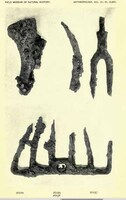
With six long prongs, these rusted iron rake fragments were discovered near the city of Pompeii. The whole in the center was designated for the attachment of a wooden shaft, which was usually made from oak. Could you imagine using a rake like this in your own garden?
-

These two-pronged garden forks are heavily coated with rust, with the top opening for handle placement. The discovery of these ancient Roman artifacts implies that the design of garden forks have only changed slightly throughout history.
-
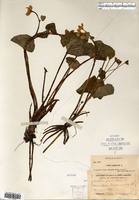
This vibrant yellow flower is often overlooked. It is native to Illinois and found in quite particular places, such as ditches and marshes. It is commonly used for medical purposes like pain relief and swollen airways. Would you ever try this as a remedy.
-
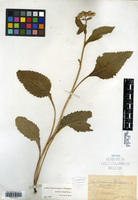
This useful plant is a surprising ingredient in tonic water and also has multiple medical properties including but not limited to treatment for burns. A wonderful bright and healing addition to any garden.
-
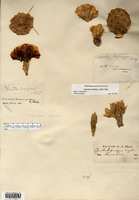
Resilient, fruit bearing, and native to Illinois, the Eastern Prickly Pear Cactus gives a look of variety to any garden. The fruit it produces is delicious and can also be made into a candy. Would you like to try this?
-
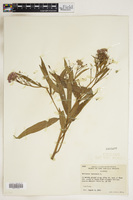
Native to the Chicago area, this flower is not only beautiful but also attracts butterflies. During their twice a year stop in Chicago, butterflies like to snack on the swamp milkweed and will attract them to your gardens.
-
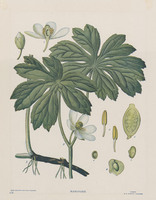
Included in the Mayapple display is a botanical illustration from Koechler’s Medicinal-Pflanzen (1887). Mayapple can be used for medical purposes, but if not used correctly has the ability to be poisonous. It is quite noticeable due to its unique looking roots that are sure to make anyone take a second glance.
-
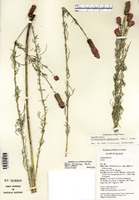
Mistaken for a brighter lavender, the Purple Prairie Clover captures attention through its vibrant pinkish purple color. Located in the central United States this flower is popular with pollinators of all kinds and its flower is considered a tasty treat by many. Does this flower remind you of lavender?
-
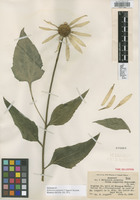
Similar to the Prairie Coneflower, the Purple Coneflower is located in the same area and got popular around a similar time. This flower has a resemblance to a daisy and can be easily mistaken for one. Can you see the similarities?
-
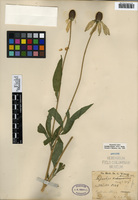
From the 20th century onward, this unique flower with a hat-like shape has become increasingly popular. It is also native to the central and eastern United States and provides a colorful addition to any garden. Have you ever seen this flower before, perhaps in your local park? Why not visit and find one!
-
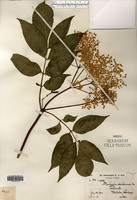
Native to the eastern United States, this plant is commonly used for domestic medicine.
Packed with antioxidants and vitamins this unique plant is wonderful to introduce into the modern garden. You have most likely seen elderberries in your local grocery store, probably in the supplement section, and wondered what on earth it was. Well, now you know!
-
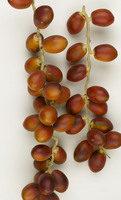
Most likely originating from the Fertile Crescent, dates quickly spread around Northern Africa and the Middle East, and are one of the sweetest fruits in the Hanging Gardens of Babylon. According to fossil records, dates have been around for about 50 million years. They are also an excellent natural sweetener that is often used to replace other types of sugar today! Have you ever tried date sugar?











